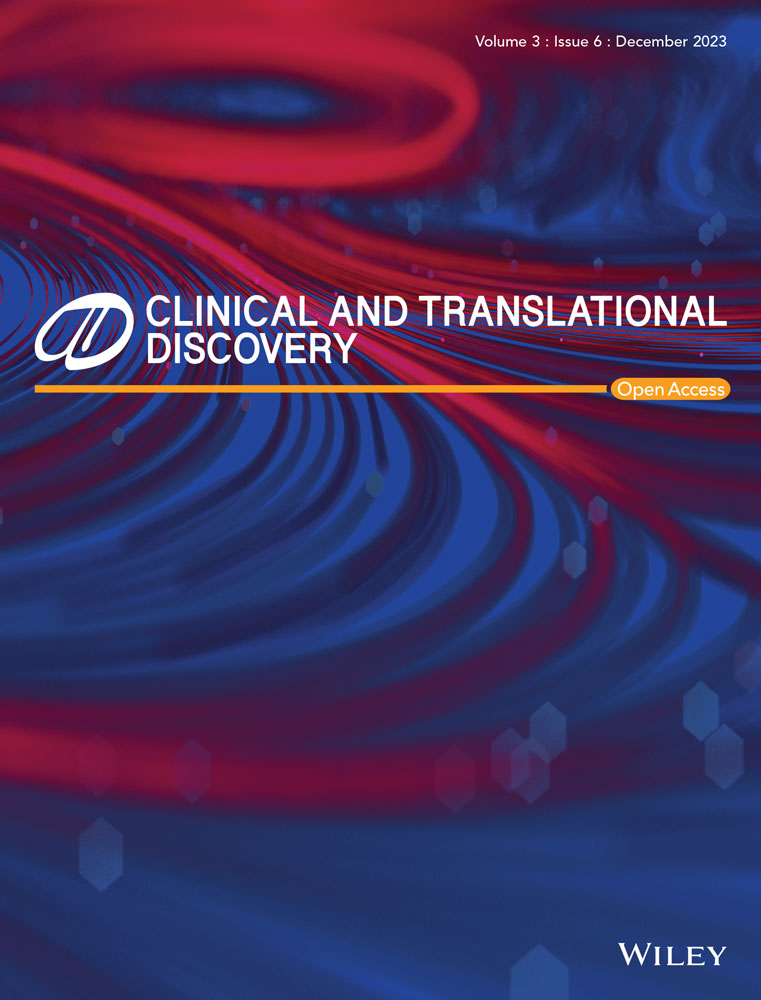Tear exosomes: A messenger of clinical health complication
Tear is a promising biological material for biomarker research because they are easy to collect, are connected to the central nervous system and act as a mediator between the cerebrospinal fluid and serum. The presence of proteins in tears that are also present in cerebrospinal fluid enhances their potential for non-invasive early detection of neurological disorders and offers valuable insights into one's overall physical well-being.1 Recent studies indicate a gradual but significant advancement in understanding the interplay of autophagy and exosome pathogenesis in ocular diseases such as dry eye disease, corneal allograft rejection, corneal injury, keratitis, corneal dystrophy and keratoconus. Notably, this research emphasizes the potential utility of tear exosomes for detecting ocular diseases.2 Increased levels of 13 proteins in diabetic retinopathy (DR) individuals of different stages indicate their potential as tear fluid indicators for DR. HbA1c, is one such protein. These findings highlight the promise of tear fluid protein profiles, for improved detection and risk assessment in DR.3 It has been indicated that corneal stroma opacity which results from corneal stromal scar has a promising treatment with exosomal mesenchymal stem cells.4 The systematic review produced by Król-Grzymała et al. demonstrates elevated expression of multiple biomarkers in tears among patients afflicted with Alzheimer's disease (AD), Parkinson's disease (PD) and multiple sclerosis. Calcitonin gene-related peptide (CGRP) is easily identified in tear samples, exhibiting a notable increase in individuals with migraines compared to control subjects. This heightened presence of CGRP in tears serves as a distinct marker, underscoring its potential as a diagnostic indicator for migraines.5 The neuropeptide levels of CGRP neuropeptide are significantly higher in migraines. It has been concluded that tears can be used as tools for biomarker discovery in PD owing to the co-relations between the working of the ocular system and the neurons that are affected, one of them being the protein oligomeric α-synuclein which is highly present in the tears of the affected patients.6 Similar observations were noted in tear samples collected from individuals with AD, demonstrating a distinct difference in the overall fluid composition of tears.7 Exosomes were detected in human tears and verified through the presence of specific exosome markers, including receptors like CD63, CD9 and CD24.8 These exosomes carry both RNA and DNA, which can be sequenced and mapped onto the human genome.9 An involvement of tear exosomes in the pathogenesis of tears derived exosome (TED) is proven by an increase in the expression of CD81 when compared between the tears of the diseases and the healthy subgroups.10 Besides TED, tear exosomes help in understanding the state of ophthalmic diseases and diabetic retinopathies by an increased expression of antibody-specific cytokines and lysozymes, respectively.9 Tear exosomes offer a valuable avenue for distinguishing between patients afflicted with Graves' Ophthalmopathy (GO) and those with Graves' Disease based on distinctive expressions within subgroups. These findings underscore the potential involvement of tear exosomes in the pathogenesis of GO, marked by elevated levels of cytokines such as IL-1β, IL-8 and IL-13, as well as notable proteins like Caspase-3, C4A and APOA-IV.11 There is a compelling association between tear exosomes and the pathogenesis of Herpes Stromal Keratitis induced by Herpes Simplex Virus-1. Corneal exosomal microRNA proteins finely tune the response to bacterial infection by influencing corneal innervation and innate immunity. Their increased expression in corneal tissue suggests a possible origin in tears, revealing a link between these microRNAs and the modulation of immune and nerve responses. This connection unveils valuable insights with potential diagnostic and therapeutic implications for ocular health.12 Tear exosomes have been implicated in the facilitation of viral dissemination, although the precise mechanistic underpinnings of this phenomenon remain to be elucidated.13 Tear exosome analysis has evident significance not only for ocular surfaces but also for other body parts. This significance arises from the fact that tears are filtered through blood plasma. This suggests the potential use of tears as a diagnostic fluid instead of blood, allowing for the simultaneous occurrence of a non-invasive method to identify biomarkers and a pain-free means of sample collection.14 Tumour-derived exosomes have a potential significance in cancer development and progression and it also associated with cancer stem cell-mediated therapeutic resistance development.15, 16 The analysis of tear proteins presents a promising avenue for the early detection of breast cancer, predicated upon the detection of both low and high-molecular-weight protein constituents. This approach not only facilitates insights into the initiation and progression of the disease but also enables the identification of individuals at heightened risk. These findings pave the way for future considerations of tear-based screening methods in the field of cancer detection in the years to come.14 Exosome-based cancer research is the most exciting domain for cancer precision medicine development.17 Scientific research develops a solution for this domain challenge (exosome heterogeneity) to overcome, and an efficient and effective cancer theranostics development.18 iTEARS represents a valuable tool for disease classification, utilizing tear analysis as a means of monitoring not only ocular and neurological conditions but also detecting cancer.19 Tear exosomes are a new exploration for research for decoding several health complications in a smart way.
AUTHOR CONTRIBUTIONS
Drs. Mirgh, Gorai, Thorat, and Anand contributed to the preparation and collection of original literatures and figures and the writing and editing of manuscript.
ACKNOWLEDGEMENTS
Not applicable.
CONFLICT OF INTEREST STATEMENT
The authors declare no conflict of interest.
ETHICAL APPROVAL
Not applicable.
Open Research
DATA AVAILABILITY STATEMENT
Data sharing is not applicable to this article as no new data were created or analysed in this study.




